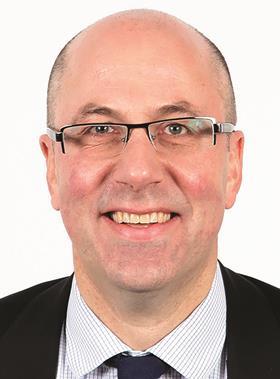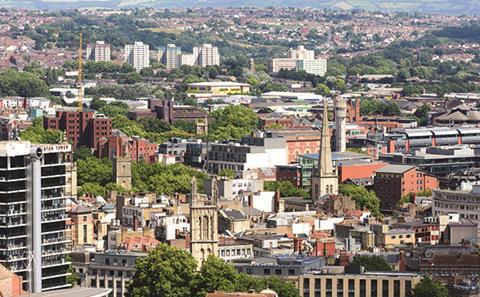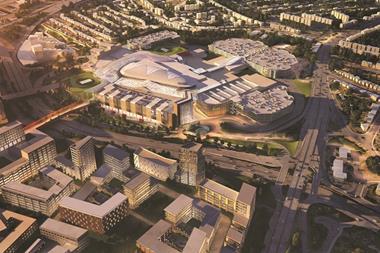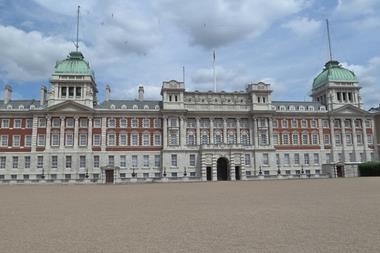The government recently approved a further 131 new free schools to be opened across England.

Free schools are a type of academy, not for profit and independent of local authorities. They are funded directly by the department for education. They are operated by academy trusts and by local groups and charities in areas of need.
The Conservative Party manifesto in 2015 made a commitment for 500 free schools by 2020, and 140 more schools were added to this target in the chancellor’s Budget statement on 8 March.
New schools, needed to meet demand for primary and secondary places, will be mainstream schools, special schools and alternative provision schools. Sites that can deliver 10,000 sq ft to 175,000 sq ft gross internal floor area will be considered.
The new schools announced will be located across England, following the peaks of population growth. Particular ‘hotspots’ of demand include Bristol, Birmingham, Northamptonshire, East and West Sussex, Kent and some London boroughs.

Most free schools open in existing buildings that have been converted. The challenge is to secure suitable premises in the right location and provide value for money for the taxpayer.
With short lead-in times and, often, specific catchment area requirements, sourcing property can be difficult. The government will look to reuse surplus public sector property or use section 106 contributions to deliver new school places before looking to acquire properties in the market.
Free school sites of all types
In recognition of the ongoing challenge, the government has established LocatED, a property company set up to acquire land and buildings across the country to secure sites for new free schools.
LocatED has built a multi-disciplinary team with extensive property sector experience that will work with agents, advisers and the wider market.
More schools are expected to be established in innovative ways. For example, many are likely to be built as part of mixed-use developments - especially in larger urban areas and where market conditions dictate.
Such developments will further challenge the traditional idea of a school over one or two storeys with standard external play spaces. Free schools will open in all types of property.
There will be increasing numbers of schools situated on lower floors within high-rise residential developments, or schools above supermarkets, for example. Landowners, developers and investors need to embrace the opportunities.






























No comments yet